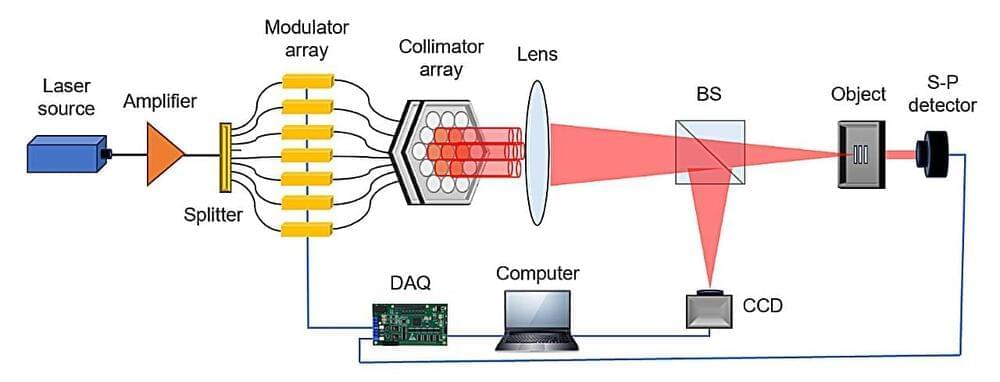Since the release of ChatGPT in November 2022, artificial intelligence (AI) has both entered the common lexicon and sparked substantial public intertest. A blunt yet clear example of this transition is the drastic increase in worldwide Google searches for ‘AI’ from late 2022, which reached a record high in February 2024.
You would therefore be forgiven for thinking that AI is suddenly and only recently a ‘big thing.’ Yet, the current hype was preceded by a decades-long history of AI research, a field of academic study which is widely considered to have been founded at the 1956 Dartmouth Summer Research Project on Artificial Intelligence.1 Since its beginning, a meandering trajectory of technical successes and ‘AI winters’ subsequently unfolded, which eventually led to the large language models (LLMs) that have nudged AI into today’s public conscience.
Alongside those who aim to develop transformational AI as quickly as possible – the so-called ‘Effective Accelerationism’ movement, or ‘e/acc’ – exist a smaller and often ridiculed group of scientists and philosophers who call attention to the inherent profound dangers of advanced AI – the ‘decels’ and ‘doomers.’2 One of the most prominent concerned figures is Nick Bostrom, the Oxford philosopher whose wide-ranging works include studies of the ethics of human enhancement,3 anthropic reasoning,4 the simulation argument,5 and existential risk.6 I first read his 2014 book Superintelligence: Paths, Dangers, Strategies7 five years ago, which convinced me that the risks which would be posed to humanity by a highly capable AI system (a ‘superintelligence’) ought to be taken very seriously before such a system is brought into existence. These threats are of a different kind and scale to those posed by the AIs in existence today, including those developed for use in medicine and healthcare (such as the consequences of training set bias,8 uncertainties over clinical accountability, and problems regarding data privacy, transparency and explainability),9 and are of a truly existential nature. In light of the recent advancements in AI, I recently revisited the book to reconsider its arguments in the context of today’s digital technology landscape.




